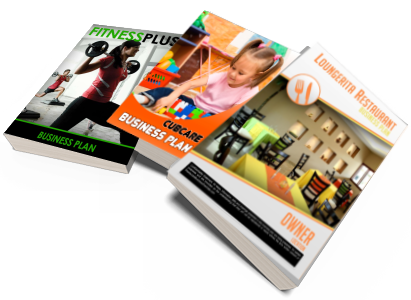Financial Plan Writing
Financial plan writing encompasses projections of income and expenses of an organization, its division or a department, including historical analysis for existing businesses. It is also used to prepare estimation of cash requirement and defining methods to raise cash. Financial plan writing process involves preparation of three types of projected financial statements. They are following:
• Balance sheet
• Income statement
• Cash flow statement
1. Balance sheet:
A balance sheet normally consists of assets, liabilities and equity. Below is a brief description of all three:
Assets: This part covers two types of assets, current assets and long term assets.
Liabilities: This part covers following types of liabilities, they are usually found in average company’s balance sheet:
• Accounts payable
• Provisions on expected accounts
• Liabilities and assets on taxation
• Unearned revenue or commission
Equity: This part is normally calculated by taking the difference of assets and liabilities. It is presented by following techniques:
• Par value of shares
• Shares outstanding at the start and at the end
• Shares authorized, issued and fully paid, and not fully paid
2. Income statement:
Income statements are used by investors and stakeholders to understand the past performance, which is then use to predict future performance. It normally covers the following sections.
Operating:
This section covers the following heads of accounts:
Revenue: From sales, after deducting sales discounts, returns, and allowances.
Expenses: Sources that resulted in outflow of cash; normally following types are included:
• General and administrative expenses
• Selling expenses
• Research & development expenses
• Depreciation
Non-operating:
This section covers following heads of accounts:
• Revenue or capital gain: from sources other then main function of business.
• Expense or capital loss: from sources other then primary business operations.
3. Cash flow statement:
The cash flow statement is used to reflect an organization’s liquidity position over a particular period. Cash flow statement is made from three types of activities, which are operating, investing and financing.


